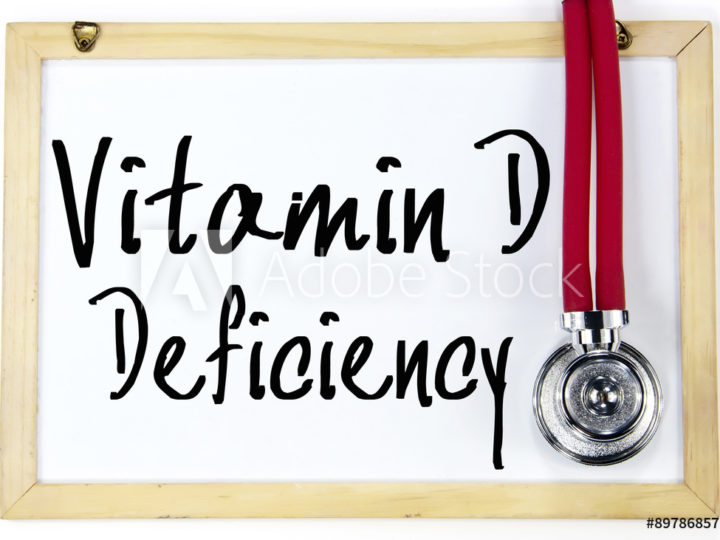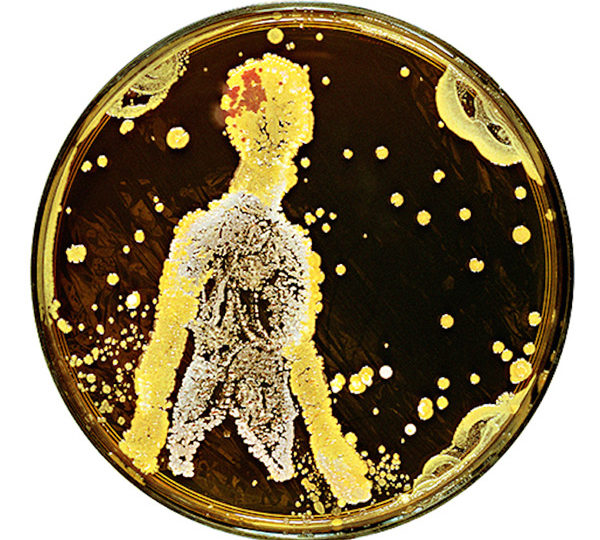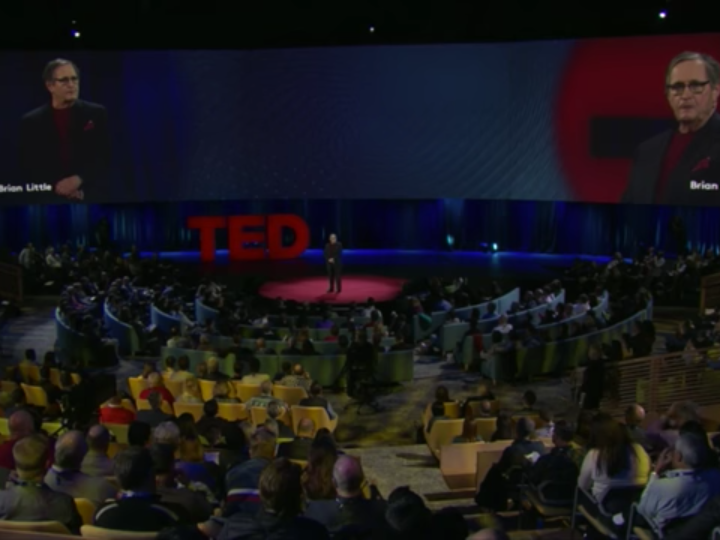by Robin Koon – July 6, 2012
Coenzyme Q10 (ubiquinone) is a mitochondrial coenzyme that is essential for the production of adenosine triphosphate (ATP), the body’s form of chemical energy. The human body has approximately 100 trillion cells, and each one must produce its own energy to carry out its biological functions. The cells produce this energy by burning (oxidizing) carbohydrates, fats and proteins. This controlled burning or oxidation process (catabolic reactions) occurs as a result of oxygen combining with foodstuffs to produce energy, carbon dioxide and water. More than 95 percent of the oxygen we inhale is used solely for the purpose of making energy through this process. The result of these chemical reactions is converted into chemical energy in the form of ATP molecules. These ATP molecules supply the energy needed for the various cellular chemical and biological reactions necessary for life to occur (termed: bioenergetics). ATP is the fuel used to provide cellular energy, making life possible.
ATP
ATP was first discovered in 1929 by the German chemist Karl Lohmann. In 1935, Vladimir Engelhart (Russia) noted muscle contractions require ATP; between 1939 and 1941, Fritz Lipmann (United States) showed ATP is the main bearer of chemical energy in the cell; and in 1948, Alexander Todd (U.K.) synthesized ATP chemically.
ATP is produced by almost all living things inside the cell in a structure (organelle) called mitochondria (also known as the body’s cellular energy power plant). Several processes lead to a final one, where ATP is created (cellular respiration). Cellular respiration is the process by which the chemical energy of food is released and partially captured into the form of ATP. The last step or part of this process is known as mitochondrial oxidative phosphorylation, where electrons are transferred from electron donors to electron acceptors (such as oxygen) in redox reactions resulting in the formation of ATP. In mammals, these redox reactions are carried out by a series of linked protein complexes, called the electron transport chain. Here is where coenzyme Q10 (CoQ10) plays a critical role, acting as an electron-transfer carrier inside the electron transport chain. No CoQ10 means no ATP. It may be helpful to think of ATP as a re-chargeable battery that can provide energy as the cell needs it.
CoQ10
CoQ10 was discovered by Frederick L. Crane, Ph.D., in the late 1950s, during his research on the biochemistry of the mitochondrial electron transport chain. The substance was sent to Karl Folkers, Ph.D., for identification and identity of its structure. It was designated “coenzyme Q10” because of its quinone structure and the 10 isoprene unit side chain. During this time, another group of scientists led by R. A. Morton, Ph.D., isolated the same substance from mitochondria and designated it ubiquinone (from ubiquitous, meaning everywhere) because of its widespread occurrence in nature. The role of CoQ10 in the electron transport chain was first described by Peter Mitchell, Ph.D., who was awarded the Nobel Prize for that work.
Congestive Heart Failure
When the heart muscle weakens, it is not able to pump the blood efficiently; it attempts to compensate by dilating and beating faster. But this causes the blood to back up into the lungs, filling them with fluid. This condition is called congestive heart failure (CHF). Cardiomyopathy is a more severe form of CHF, with the heart muscle being uncommonly large and dilated. CHF and cardiomyopathy have numerous causes: hypertension, coronary artery disease (CAD), heart attacks, viral or bacterial infections, ischemic heart disease, etc. The treatment is normally drug-based (e.g. diuretics, digitalis, angiotensin-converting enzyme (ACE) inhibitors, calcium-channel blockers, beta blockers, etc.). If these medications do not work, the only option left for the patient is a heart transplant.
In order to determine the best course of therapy, physicians often assess the stage of heart failure according to the New York Heart Association (NYHA) functional classification system. This system relates symptoms to everyday activities with the patient’s quality of life.
The United States alone has 400,000 new cases of CHF every year. It has been estimated nearly 5 million people in the United States currently have CHF.
CoQ10 and the Heart
Cells that require the most energy contain a higher number of mitochondria. The more work required, the more energy needed. The cells of the brain, the skeletal muscle, the heart and the eye contain the highest number of mitochondria (as many as 10,000 per cell), while the skin cells, which do not require much energy, contain only a few hundred mitochondria. Cardiac cells are muscle cells whose function is to contract repeatedly, pumping blood continuously around the body. This means these cells need a large and continuous supply of energy to in order to function efficiently, so no surprise they have a large number of mitochondria within them. CoQ10 (being at the center of the creation of cellular energy) assumes significant importance in cells with high energy requirements, such as the cardiac cells.
Much of the research in support of CoQ10 supplementation has been focused on CHF. These patients’ hearts have been shown to have increased oxidative stress, as well as decreased concentrations of CoQ10.1,2 We already know heart muscle cells have a remarkably high-energy requirement. Consistent correlation between the level of CoQ10 and the severity of CHF appears to be a well-documented. Low levels of CoQ10 have been linked to decreased heart muscle function (poor myocardial function).3,4 The more severe the heart failure, the more the deficient the CoQ10 level is. Recently, it has been found that CoQ10 levels can be used as a predictor of mortality in CHF.5,6
Supplementation
CoQ10 has a potential role for the prevention and treatment of heart ailments by improving cellular bioenergetics. Supplementation can help correct energy depletion and oxidative stress, which are inherent in these cardiac conditions; this can result in helping to restore the energy and efficiency of the heart. Significant improvement has been observed in exercise tolerance in patients given adjunctive CoQ10.7
Supplementation has been shown to cause sustained clinical improvement in the heart muscle contraction (improved ejection fraction, heart wall motion and heart size), and progress in improving other related symptoms (fatigue, chest pain, shortness of breath, exercise ability and palpitations).8 Some studies have showed significant development with NYHA class improving from a mean of IV to a mean of II.9 CoQ10 supplementation can also protect against ischemia and reperfusion injury.10 The improvement in some patients can be rather significant, with the heart size and heart function returning to near normal.
CoQ10 supplementation should be used as an adjunct therapy, supporting traditional medical treatment and not in place of it.
A Note on Statins
It is well established that when taking statin drugs, CoQ10 levels are impaired, since both endogenously produced cholesterol and CoQ10 share the same biosynthesis pathway.11,12 So, the productions of both compounds are blocked (reduced), when taking statin drugs. This can lead to a statin-induced CoQ10 deficiency, which can negatively affect the heart muscle, skeletal muscle and brain. One can certainly conclude it would be wise to take a CoQ10 supplement while on statin therapy.
References:
- Littarru GP, Ho L., Folkers K: Deficiency of coenzyme Q10 in human heart disease. Intl J Vitam Nutr Res. 1972; 42:291-305.
- Molyneux SL, Young, JM, Florkowski CM, Lever M: Coenzyme Q10: There is a Clinical Role and a case for Measurement. Clin Biochem 5.2008; 29:71-82
- Langsjoen PH, Langsjoen AM: Overview of the use of CoQ10 in cardiovascular disease. BioFactors 1999;9:273-284
- Folkers, H, LittaRRU gp, Nakamura R, Scholler J: Survey and new clinical studies on coenzyme Q in human muscular dystrophy. Intl J Vitam Nutr Res. 1972l 42:139-163
- Molyneux SL, Florkowski CM, George PM, Pilbrow AP, Frampton CM, Lever, M, Richards AM: Coenzyme Q10: An Independent Predictor of Mortality in Chronic Heart Failure. Journal American College of Cardiology 10.2008; 52: 1435-1441
- Munkhom H, Hansen HHT, Rasmussen K: Coenzyme Q10 in treatment of serious heart failure. BioFactors 1999; 9:285-289
- Belardinelli R, Mucaj A, Lacalaprice F, Solenghi M, Seddau G, Principi F, Tiano L, Littarru GP: Coenzyme Q10 and exercise training in chronic heart failure. European Heart Journal 2006; 27:2675-2681
- Kumar A, Kaur H, Devi P, Mohan V; Role of coenzyme q10 (CoQ10) in cardiac disease, hypertension, and Meniere-like syndrome. Pharmacology & Therapeutics 2009; 259-268
- Langsjoen PH, Langsjoen AM: Supplemental ubiquinol in patients with advanced congestive heart failure. BioFactors 2008; 119-128
- Yokoyama H, Lingle DM, Crestanello, Kanelgard J, Kott BR, Momeni R, Millili J, Mortensen SA, Whitman GJ: Coenzyme Q10 protects coronary endothelial function from ischemia reperfusion injury via an antioxidant effect. Surgery 8.1996: 120:189-196
- Marcoff L, Thompson PD: The Role of Coenzyme Q10 in Statin-Associated Myopathy: A Systematic Review. Journal American College of Cardiology 6.2007; 49:2231-2237
- Langsjoen PH, Langsjoen AM: The clinical use of HMG CoA-reductase inhibitors and the associated depletion of coenzyme Q10. A review of animal and human publications. BioFactors 2003; 18: 101–111




